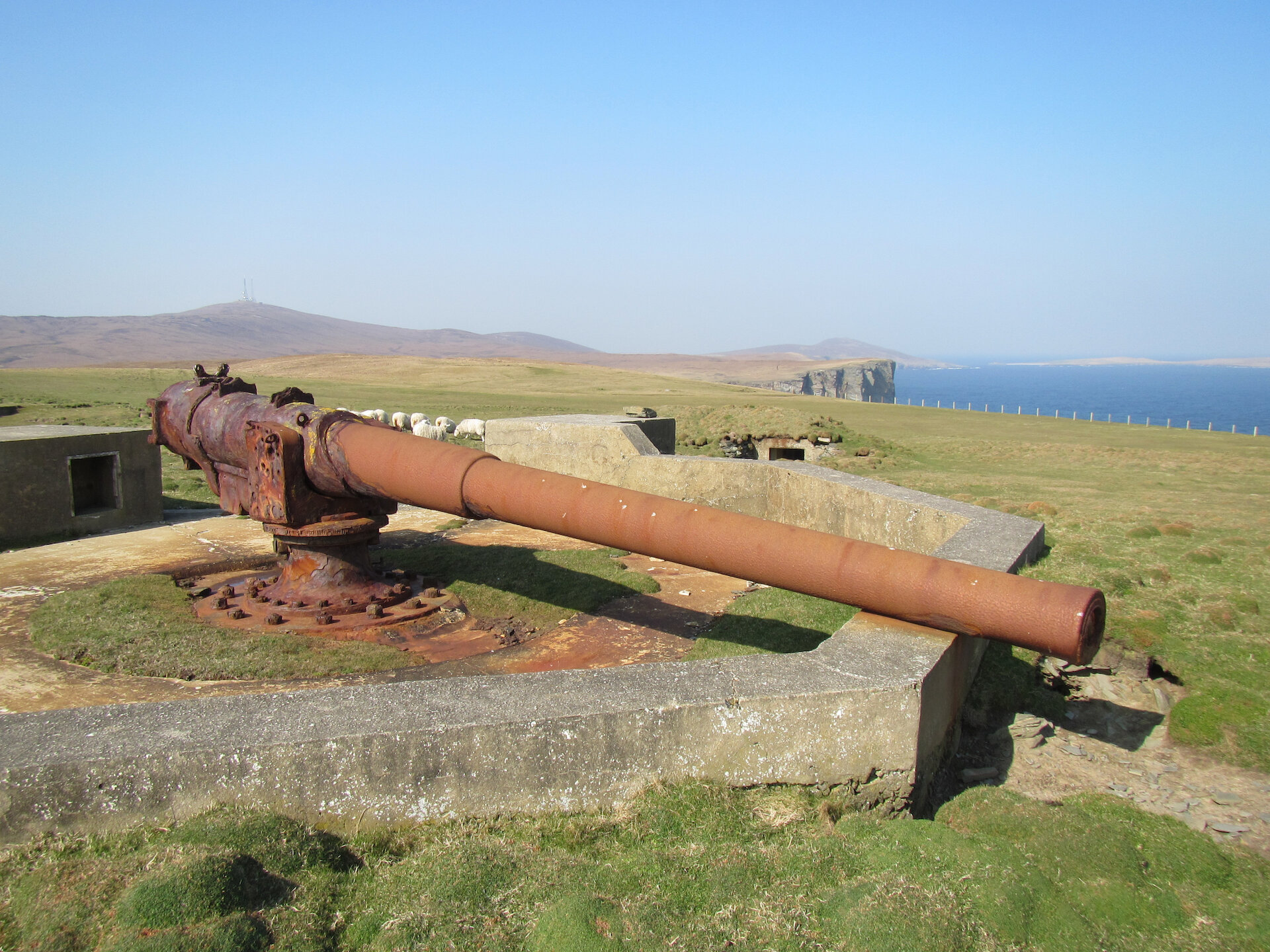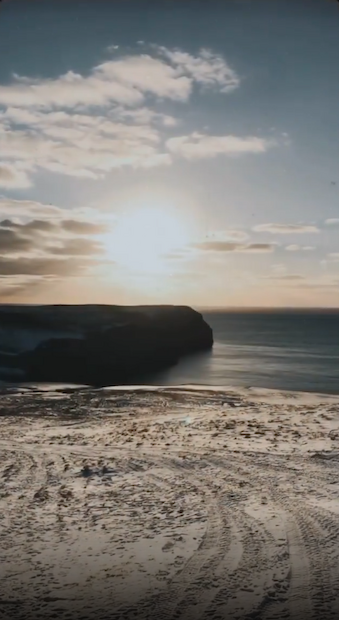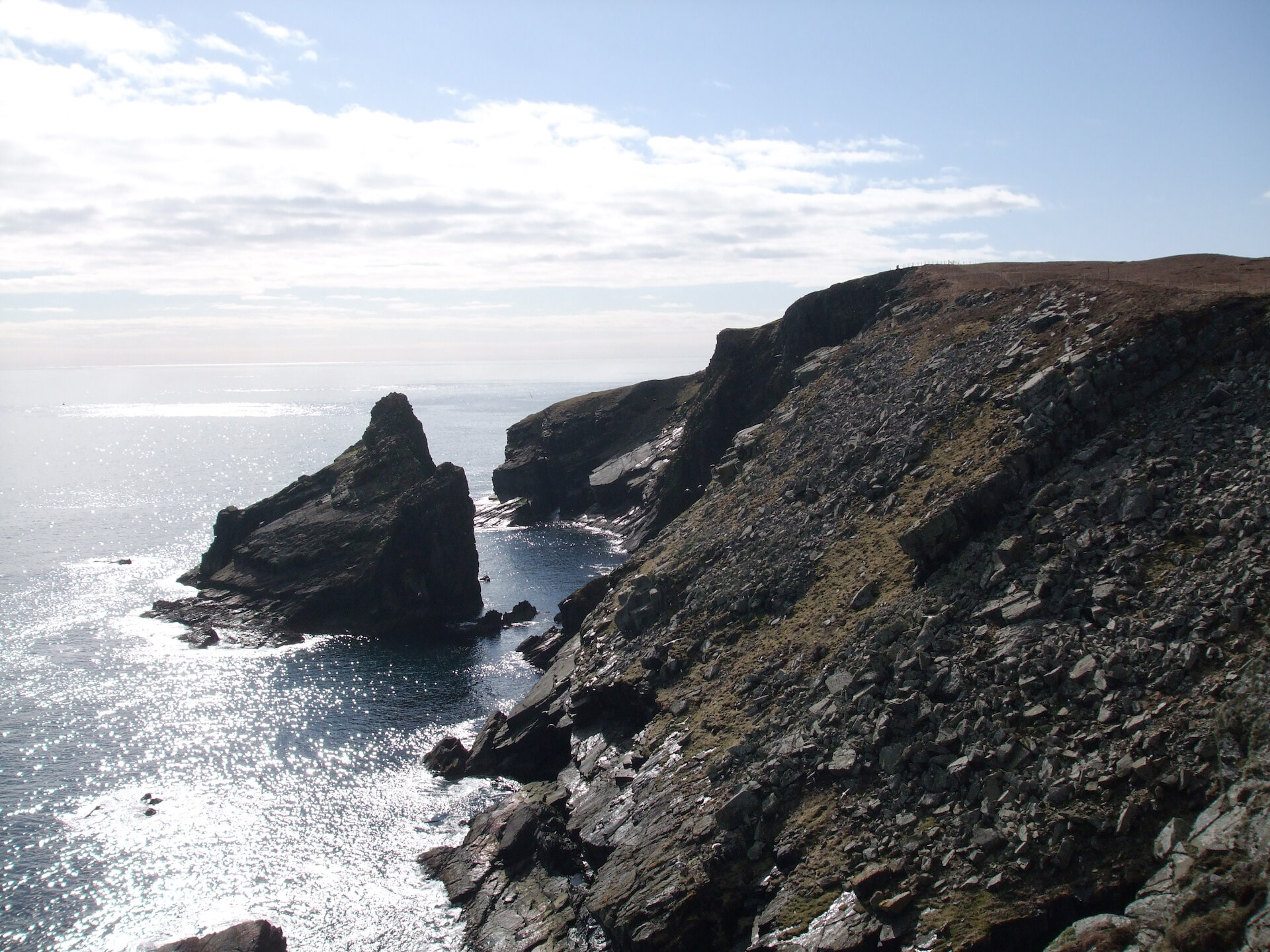It's 4.30am, calm, dark. An admittedly early start although it could be considered relative.
Fast forward three months to early May and the Simmer Dim is approaching, lending long hours of daylight, meaning there's no recourse to a headtorch for early morning checks of lambing sheep. However, the start of February is somewhat more challenging as the sun rises around 8am before setting shortly after 4pm.
Nevertheless, the Shetland adage that daylight hours seem to race ahead following the spectacle of Lerwick Up Helly Aa on the last Tuesday in January is certainly justified whilst by the end of February and the related Viking festivities on the island of Bressay, we are positively leaping with pre-emptive Springtime energy!
Sadly, there will be no Up Helly Aa festivities in Lerwick or Bressay in 2022 due to the impact of Covid-19.



